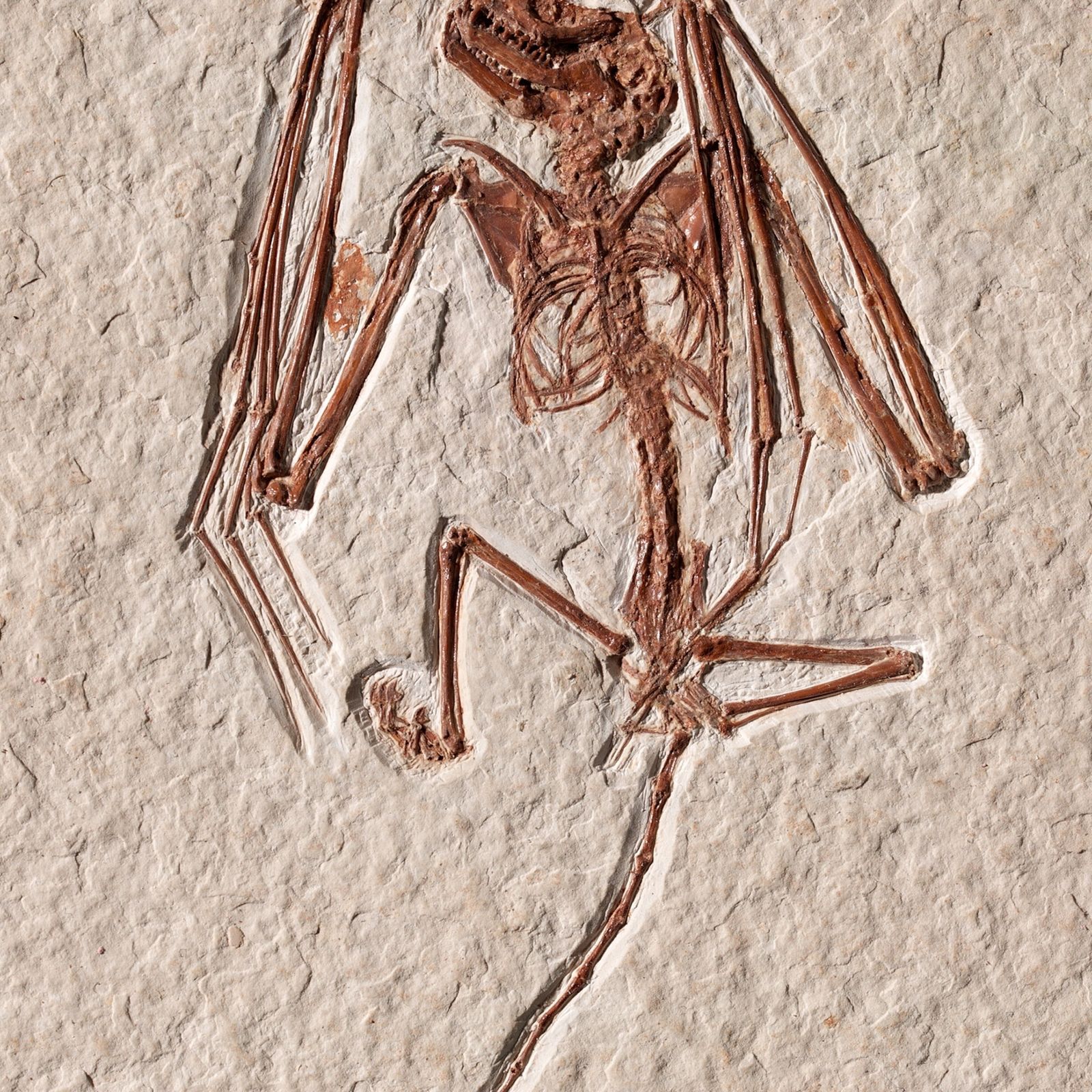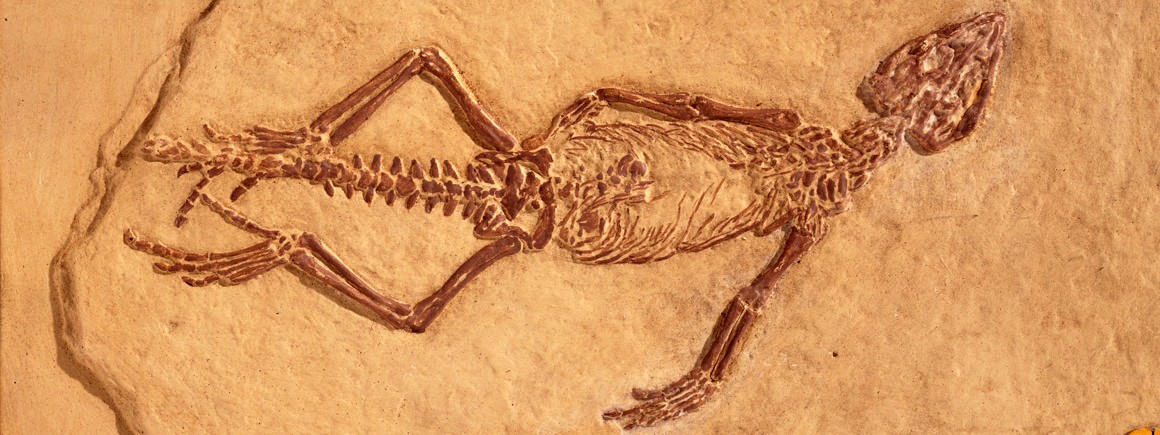83
Woolly Mammoth de-extinction project underway in Dallas
(www.nbcdfw.com)

🦖 Notice Board
🦖 About
Paleontology, also spelled palaeontology[a] or palæontology, is the scientific study of life that existed prior to, and sometimes including, the start of the Holocene epoch (roughly 11,700 years before present). It includes the study of fossils to classify organisms and study their interactions with each other and their environments (their /c/paleoecology. Read more...
🦖 Rules
🦖 Resources

🦖 Sister Communities

tl;dr Grazers at glacial limits sequestrate carbon via trampling.
https://theconversation.com/could-resurrecting-mammoths-help-stop-arctic-emissions-95956